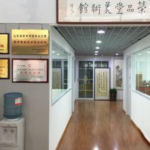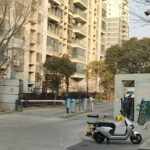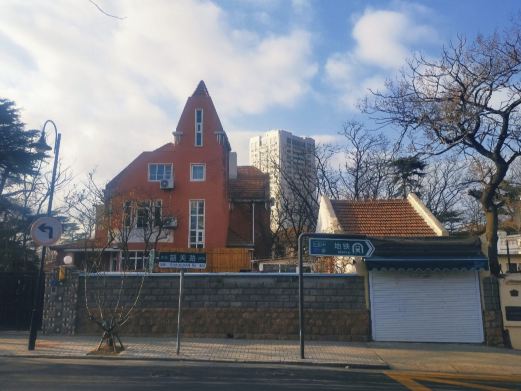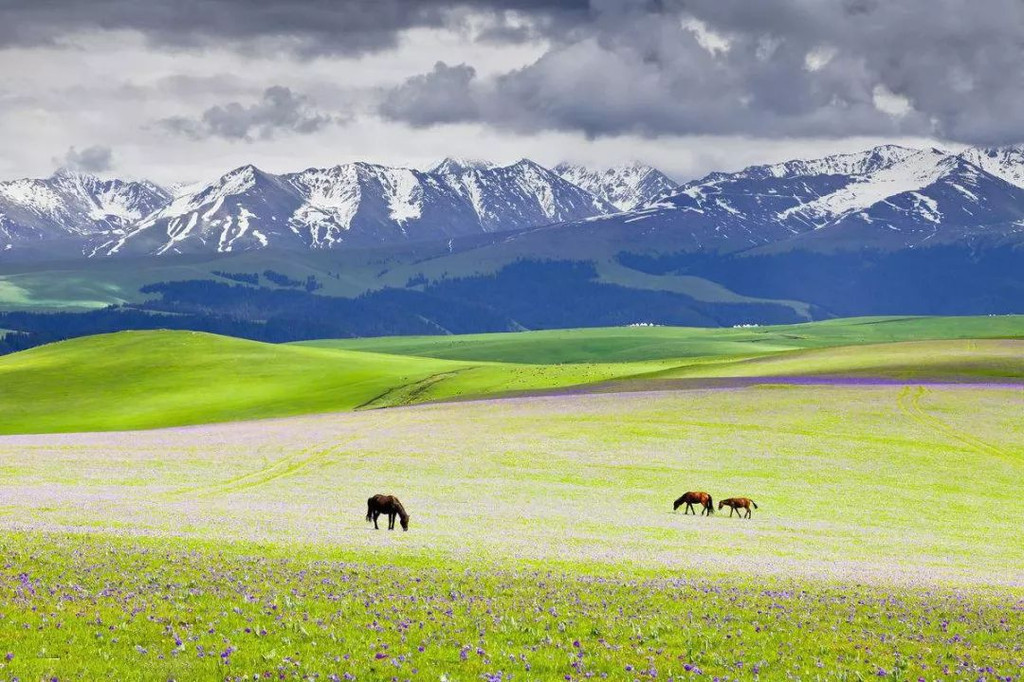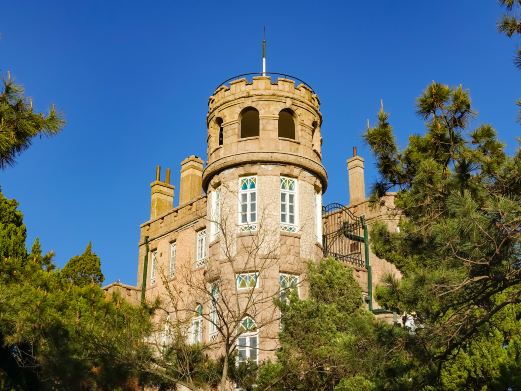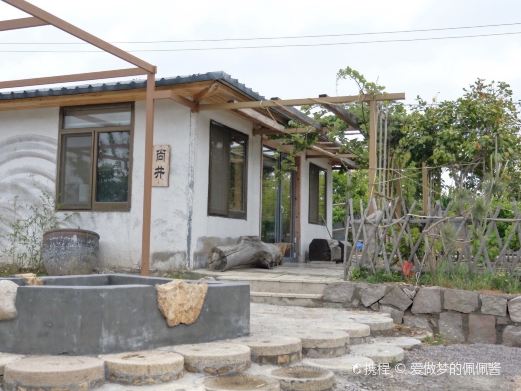The main landscapes of the Ancient City of Teng State include: Wengong Tower, Shanguo Stele Forest, Zhouling Marsh, Ancient Sophora Tree of Tang Dynasty, Spectacular Stone, couplets engraved on ancient bricks, and Lvzu Pavilion. The representative landscapes are Wengong Tower, Ancient Sophora Tree of Tang Dynasty, and Shanguo Stele Forest. According to historical records, ‘There is an inner city within twenty li around the ancient city.
‘ Now, the city wall of the ancient city can still be vaguely seen. The ‘outer city’ is roughly square and lies horizontally from east to west. Going south along the west wall of the outer city, there is a trench, commonly known as ‘West Sea Lake’, which was the moat in the past. At both the southeast and northeast ends of the outer city, there are marshy areas. The water accumulates and forms a large expanse. In the past, it was full of lotus roots. There is a saying, ‘Two ponds of lotus flowers, a city of hibiscus.’ The ‘inner city’ is in the middle of the outer city, roughly square, with a circumference of more than ten li. In the past hundred years, local residents have built stockades on the original city foundation to resist disasters caused by war and floods. Now, the ‘inner city’ is 3 to 4 meters above the ground. The top of the city wall is full of locust trees. The leaves are shady and the fragrance of flowers overflows. Inside the city is Tengcheng Village. Around the village are green orchards and farmland, full of vitality. In the northeast corner of the city, there is a high platform called ‘Wengong Platform’, also known as ‘Spirit Platform’. Under the platform is a pool, said to be the ‘Spirit Pool’. Duke Wen of Teng followed King Wen’s example to build the Spirit Platform and dig the Spirit Marsh, taking the meaning of sharing joy with the people. During the Wanli period of the Ming Dynasty, a True Warrior Temple was built on the platform. On both sides of the left side door of the temple, there is a couplet engraved on bricks by Wei Jicha, a scholar on the red list in the Qing Dynasty: ‘The ancient relics enter the Jing River. Once I thought of the crown prince on the high platform. The original fief is Uncle Xiu. Don’t mistake the flying pavilion for the Prince of Teng.’ As evidence, there are ancient buildings on the east side of the high platform, such as Wenchang Pavilion, Lvzu Pavilion, Merit Shrine, and Rest Shrine. There is also a merit stone with a touching story engraved on it. On the platform surface, there is a huge rock with the two characters ‘Spectacular’ written by Li Bai. In front of the platform are two ancient sophora trees, vigorous and simple. They stand opposite each other on the left and right, with luxuriant branches and leaves. It is said that they were planted during the Zhenguan period of the Tang Dynasty. They are more than 1,000 years old. Local people respect them as ‘sacred trees’. On the east side of the platform, the newly-built stele forest displays steles, epitaphs, the full statue stele of the Tang royal family, the stele of Xingguo Temple in the Tang Dynasty, the stele of Liangshan Yeniang in the Tang Dynasty, the stele of Taiping Courtyard in the Jin Dynasty, the stele of Dading in the Jin Dynasty, the imperial edict stele of Zhao Kuangyin, the first emperor of the Song Dynasty, and the calligraphy art stone carvings of Hua Shikui and others for tourists to visit and admire. Opening hours: Open all year round from 08:00 to 18:00.Ancient City of Teng State
The main landscapes of the Ancient City of Teng State include: Wengong Tower, Shanguo Stele Forest, [...]
